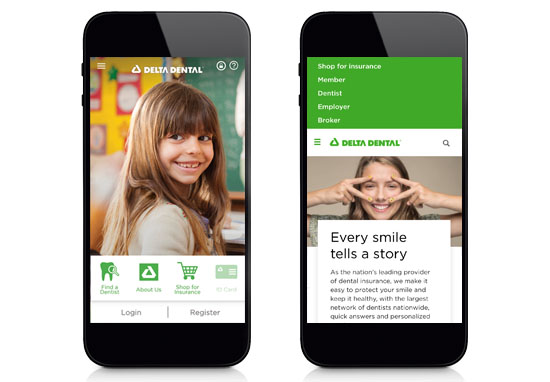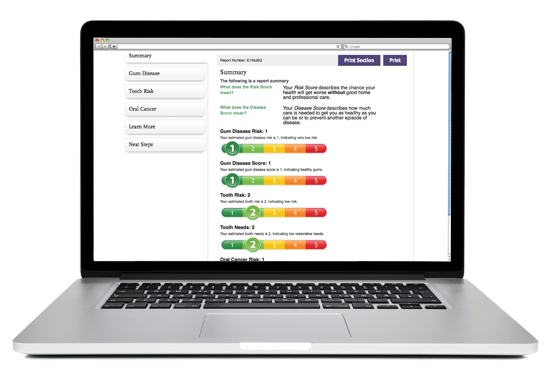Need a refresher course on dental benefits? Review these three easy lessons to make sure you’re getting the most from your plan.
Dental benefits 101
Lesson No. 1: Save money with regular visits to an in-network dentist.
Dental benefits are designed to focus on prevention. Because preventive care is essential to lifelong oral health, most plans cover the full cost of dental exams and cleanings. Regular appointments allow your dentist to catch oral health conditions early, helping you avoid painful and costly issues down the road.
Dental benefits typically cover a wide range of services beyond preventive care, meaning your plan will share the cost of various treatments with you. Check your benefits information to see what’s covered and how your dental plan contributes to the cost.
To save the most, visit a dentist in your plan’s network. Delta Dental network dentists agree to set fees for certain procedures. These agreements protect you from balance billing, which is when a dentist’s fee for a specific service exceeds the plan’s allowed amount, and the dentist bills you the difference. Some plans require you to visit a network dentist, so be sure to check your plan information before you schedule an appointment.
Lesson No. 2: Simplify your dental care with online tools.
It’s easy to get the care you need with these tools and resources:
LifeSmile Score
Identify your risk for dental diseases with our oral health risk assessment, LifeSmile Score. Knowing your score and sharing it with your dentist can help you both stay on top of your oral health and make the best decisions for your smile.
Lesson No. 3: Expand your dental benefits vocabulary.
Here are the key terms you might encounter during the course of seeking dental care.
Deductible: A fixed dollar amount you pay out of pocket before your plan begins to cover services. Preventive care is usually exempt from the deductible.
Coinsurance: A fixed percentage of a dental treatment cost that you share with your dental plan. For example, your plan pays for 80% of a given service, while you’re responsible for 20% of the cost. Your coinsurance begins after you meet your annual deductible.
Copayment: A set dollar amount you pay your dentist for a covered service. You’ll usually have a copayment (or copay) or coinsurance but not both.
Annual maximum: The most money your dental plan will pay in a specific 12-month period.
Lifetime maximum: The most money your dental plan will pay over the course of a lifetime. A lifetime maximum may apply to an individual or a family and usually applies to specific types of services, such as orthodontics.
Watermelon, feta and mint salad
This refreshing salad will quench your thirst with a burst of flavor.
Your guide to a healthy fair
Before you head to the fairgrounds, check out what you can do to protect your teeth.
Are you ready for a dental emergency?
Prepare for the unexpected with a dental emergency kit.











